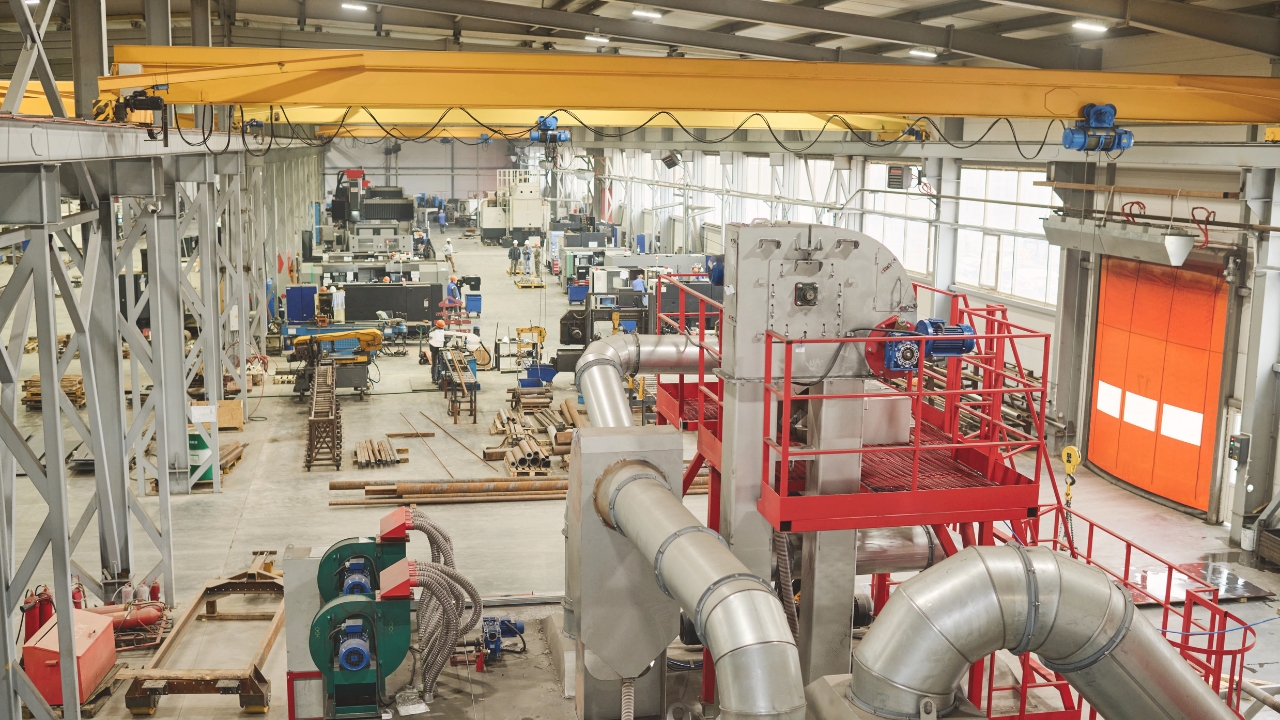
The plastics industry is under immense pressure. Rising material costs, complex supply chains, and a growing demand for sustainable practices mean that every bit of waste directly impacts the bottom line.

The plastics industry is under immense pressure. Rising material costs, complex supply chains, and a growing demand for sustainable practices mean that every bit of waste directly impacts the bottom line. For you as a manufacturer, one of the biggest, yet often underestimated, drains on profitability is scrap. But what if you could significantly reduce scrap in plastic manufacturing?
Scrap is more than just discarded material; it's a symptom of deeper inefficiencies that silently erode profits. The costs associated with rework alone can consume up to 20% of a typical manufacturing budget. The solution shifts from a reactive culture of fixing defects to a proactive prevention strategy. This article outlines actionable, data-driven strategies for plastic waste reduction, helping you boost material efficiency in plastics and achieve a more sustainable and profitable future.
To effectively tackle scrap, you must first understand its true cost, which extends far beyond wasted material. This is a critical step in reducing the cost of plastic manufacturing.
Rework and scrap divert resources from new orders, reducing your overall production capacity. It also leads to increased inventory holding costs for items waiting to be fixed and higher final scrap costs when a product can't be saved.
Constantly dealing with defects can demoralize employees and put additional strain on equipment and tools. This disruption makes it harder to meet deadlines, potentially damaging customer relationships.
Perhaps most damaging are the hidden costs. Frequent quality issues can erode customer trust, while the time spent on rework is not spent on innovation or other value-adding activities.
Effective defect reduction in plastic molding begins with understanding why defects happen in the first place. According to a Hertzler white paper on the topic, these causes can be broken down into several key areas:
Identifying these root causes is a fundamental principle of lean manufacturing in the plastics industry.
Actionable Strategies for Scrap Plastic Reduction
The single most effective way to combat rework and scrap is to prevent it. Implementing SPC allows you to monitor your processes in real time, detect variations, and take corrective action before defects occur. This proactive approach to quality Control is essential for anyone asking how to reduce waste in injection molding.
You can't manage what you don't measure. Performing regular Waste Audits is key. Analyze your scrap generation to identify root causes and develop targeted reduction strategies.
A simple but powerful way to quantify the problem is to calculate your rework costs:
This data provides a clear financial justification for investing in process improvement.
While regrinding and plastic recycling in manufacturing are important tactics for managing scrap, the primary goal should always be to minimize its creation.
Strategic scrap management involves exploring opportunities to recycle and repurpose materials and implementing responsible disposal practices.
This proactive approach to quality control is essential for anyone asking how to reduce waste in injection molding. For a deeper dive, explore these additional strategies for plastic waste reduction.
Most manufacturers fail to utilize over 70% of their own production data. This untapped resource holds the key to unlocking new levels of efficiency and enabling sustainable plastic production.
Data analytics platforms like Hertzler's GainSeeker are designed to transform this raw data into actionable insights, empowering you to address issues proactively.
You can drive process optimization and continuous improvement by harnessing the data you already own.
The results of this data-driven approach are significant:
So, how can scrap be reduced in plastic manufacturing? The answer is to move beyond the repair bench and foster a culture of prevention.
By leveraging data, implementing Statistical Process Control, and focusing on proactive
With quality control in your plastics manufacturing plant, you can turn a major cost center into a powerful competitive advantage.
Embracing innovative technologies like Hertzler GainSeeker and GS Premier can transform rework from a burden into an opportunity for continuous improvement and sustainable growth.

Reviewed by Phil Mason, MBA (September 2025): Phil has been the VP of Business Development at Hertzler Systems Inc. since January 2010. Previously, Phil was an Adjunct Professor at Green Mountain College (until Jun 2018), Associate Professor at Goshen College, Executive Director Adult/Graduate Programs at Goshen College (Jul 2015-Dec 2016), Assistant Professor at Bethel College (from Aug 2011), Business Development at Digitec, Inc. (Oct 2008-Nov 2010), Regional VP at Mennonite Mutual Aid (Sep 2001-Feb 2008), and General Manager at Ikon Technology Services (from Jan 1999).
Links: [LinkedIn] [Quality Magazine] [FinalScout]
